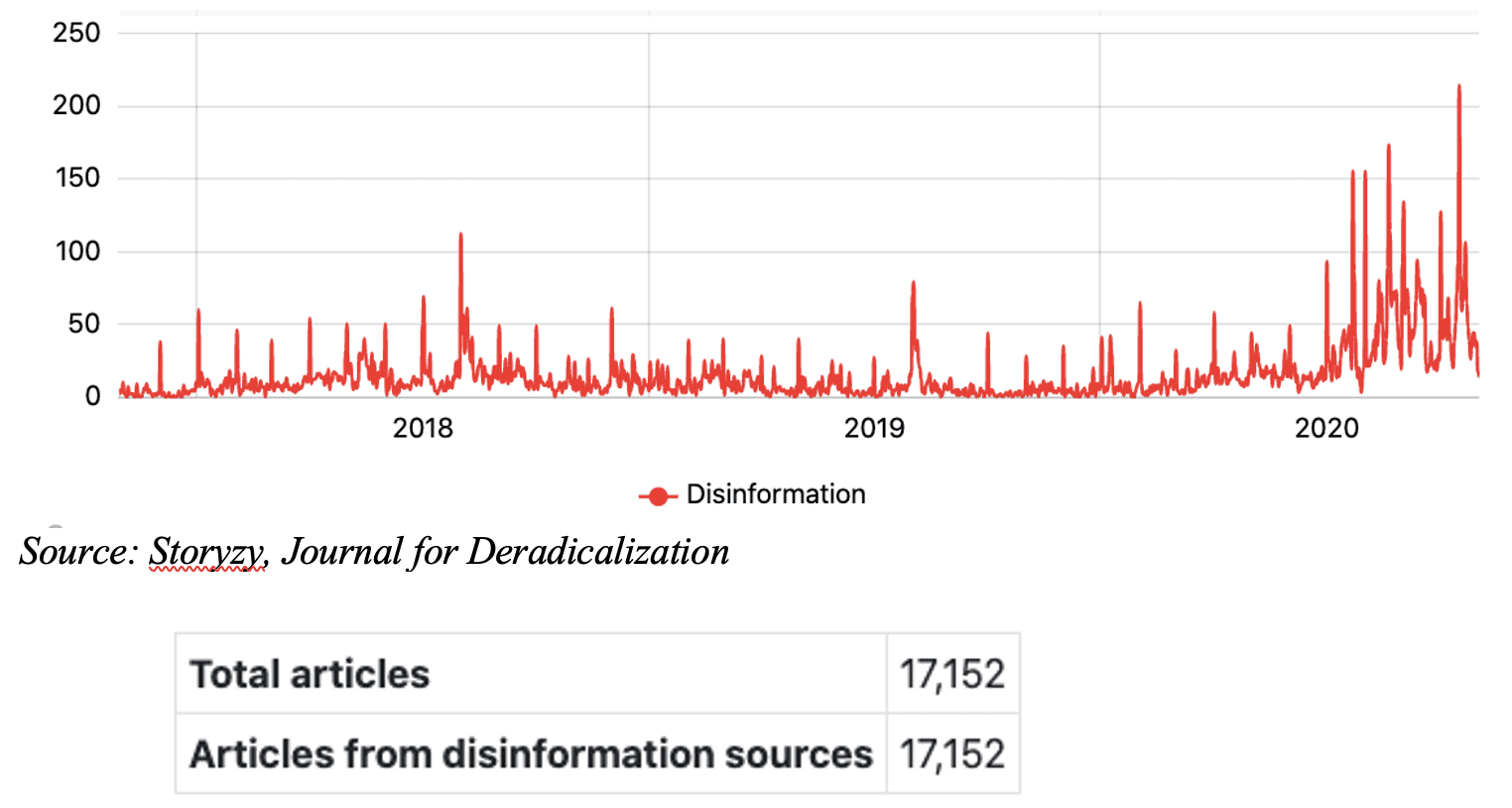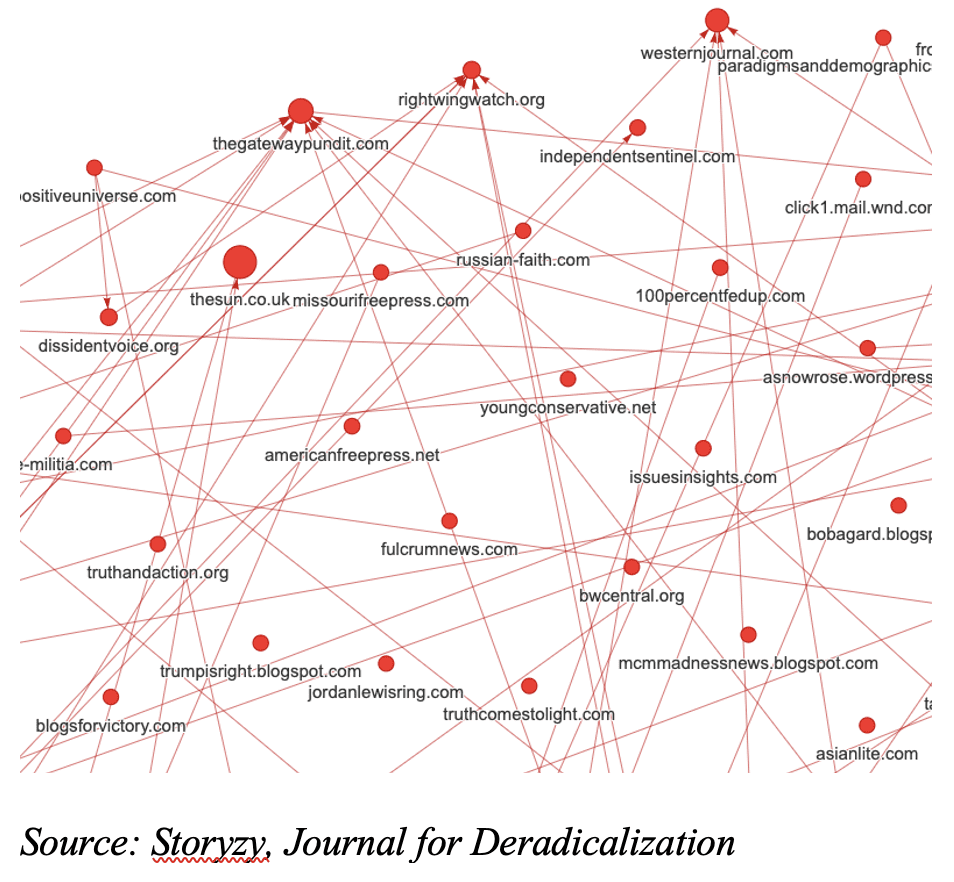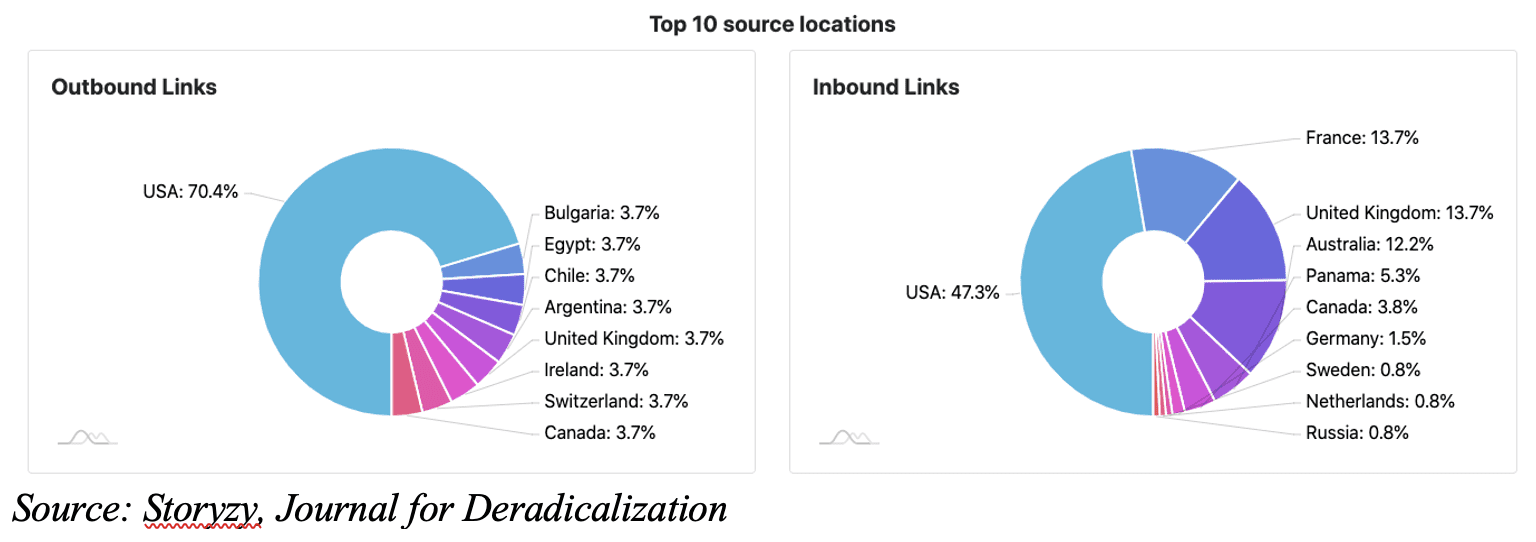PERSPECTIVE: QAnon, the Spread of Disinformation, and Conspiracy-Based Radicalization – Homeland Security Today
The QAnon conspiracy theory alleges a cabal of “deep-state,” Satan-worshipping pedophile politicians are controlling the United States government.[i] While QAnon gained significant media coverage during the recent election, the movement has actually existed for nearly four years, with the first QAnon post occurring on Oct. 28, 2017.[ii] QAnon adherents believe that “Q” is an individual or group of high-rank military and intelligence officials who are in direct communication with former President Donald Trump. This notion allowed QAnon to attract support at exponential rates, particularly leading up to the election, because of the legitimacy and relevance this false claim provided.
QAnon relies on the use of anonymous online posts known as “Q Drops” to spread disinformation. These anonymous posts are the essence of how adherents felt they were receiving information directly from Q. The Q drops are often first posted to 4chan or 8kun and would generally assert that Q knew some type of government intel. “Q” drops often foreshadowed a future event dedicated to dismantling the alleged deep-state cabal. Prior to the 2020 U.S. presidential election, QAnon maintained a consistent online presence through Q drops and social media; however, there has not been a new Q drop since Dec. 8, 2020.
A recent study published in the Journal for Deradicalization, “QAnon Conspiracy Theory: Examining its Evolution and Mechanisms of Radicalization,” sought to examine how disinformation spread online has been a major driver of conspiracy-based radicalization.[iii] This study analyzed the evolution, ideologies, and paradigms associated with supporters of QAnon to understand the most influential mechanism of modern conspiracy-based radicalization. This study also analyzed QAnon’s global spread by tracking the growth of disinformation relating to QAnon over time. The study acknowledges that there is a current lack of research examining the correlation between conspiracy theories and offline violence.
The major findings of the study supported claims that QAnon activity was growing dramatically preceding the election. The study utilized a software-as-a-service tool designed by the France-based company Storyzy to track the volume of articles being released regarding QAnon over time. From July 1, 2019, to March 1, 2020, there were 4,207 articles released globally that discussed the QAnon conspiracy in some capacity. However, in the eight months leading up to the election from March 1, 2020, to November 1, 2020, a total of 39,692 articles were released regarding QAnon. This is an 843.4% increase in articles from both trusted and disinformation sources discussing QAnon compared to the eight-month period prior. This suggests both a growing public knowledge and increased reporting by trusted sources, as well as an increase in disinformation.
Specifically looking at disinformation articles, the authors found that disinformation had spread at a considerably steady rate until the early months of 2020. There were approximately 17,152 disinformation articles shared regarding QAnon from Oct. 28, 2017, to Nov.1, 2020. However, 8,032 of those articles have been released since March 1, 2020. This is nearly half (46.8%) of all the disinformation articles on QAnon being disseminated in 8 months prior to the election, despite QAnon existing for over three years. This is an alarming jump in the creation and spread of disinformation in a relatively short period of time.

The type of disinformation being disseminated regarding QAnon is best described as fabricated content with the intention of deceiving viewers to generate mistrust in the government. The Storyzy platform was able to rank the top 10 most cited-sources of QAnon disinformation – those online news hubs that have been most frequently quoted or used as a source for another article. The analysis found that Russian-based rt.com was the most often cited source at the time of the study. Five of the top 10 most-cited sources are classified as extreme right-wing news sources. These are westernjournal.com, thegatewaypundit.com, breitbart.com, pjmedia.com, and thefederalist.com. These sites have a great influence on a much larger web of disinformation sources and flow of disinformation online. Further, the network of disinformation sources is well interconnected and includes sources both U.S.-based and abroad.

The authors of the study also analyzed the social network analysis of QAnon disinformation online. Figure 3 shows the social network analysis of 9,920 articles published about QAnon from March 1, 2020, to Nov. 1, 2020. The circular network visualizes how sources are cited and connected to other sources. Green nodes (end points) represent trusted sources and red nodes represent disinformation sources as classified by Storyzy. Nodes grow dependent on how often they are cited by other sources. The edge color is determined by whether the source cited is a trusted source (green edge) or disinformation source (red edge). The large takeaway of the social network analysis is the significant red-to-red connectivity, which is extracted from the network in the image on the left. This red-to-red network represents 4,985 disinformation articles being shared and cited by other disinformation articles.
Many of the largest red nodes are those sources in the Top 10 Most Cited Sources List in the previous figure. For example, three of the sites mentioned on the list – thegatewaypundit.com, rightwingwatch.org, and westernjournal.com – are found at the top of the network. These sources have several bidirectional edges extending out, illustrating the number of sources that they can influence. The social network analysis highlights the range of disinformation sources available online, including independent websites, blogs, and news hubs. The significant connectivity and spread of disinformation related to QAnon threatens the legitimacy of real news institutions, real information, and the democratic institutions that are fighting against conspiracy and violent extremist radicalization.


In addition to these sources being heavily connected, the disinformation articles they are producing often get re-shared to social media networks. In particular, Telegram is a popular app for spreading violent extremist and conspiracy rhetoric. The authors of the study utilized QAnon-focused Telegram channels to understand the vastness of the QAnon following. They found 36 Telegram channels focused on spreading QAnon disinformation and propaganda, with a large international presence. There were at least 11 countries represented, including the United States, Italy, Spain, Portugal, Germany – specifically the Bavaria region – France, Austria, Brazil, Argentina, and the United Kingdom. Many of these channels had subscriber counts in the thousands, with one international channel titled “Qlobal-Change” growing from 137,006 subscribers to 164,857 subscribers from November 2020 to February 2021.
Analysis of traffic from a popular QAnon 8kun board also showed evidence of global attraction to the movement. The authors found that outbound traffic from the 8kun board links to U.S.-based sources 70.4% of the time, while incoming link traffic is from the United States only 47.3% of the time. This suggests that there are sources circulated from all around the world bringing users to the 8kun message board, perhaps through social media channels such as on Telegram that garner an international audience. Popular inbound link locations including France, the United Kingdom, and Australia, in addition to the U.S.-based following. However, the 8kun message board itself often links users to news sources being disseminated by U.S. sources. This suggests that QAnon sites have gained an international audience, but U.S.-based disinformation sources continue to be a large piece of QAnon’s global growth.

The digital environment served as a primary vehicle for the rapid dissemination of QAnon-related content that manifested into violence in nearly 23 instances, including the Jan. 6 Capitol insurrection. This tangible effect of QAnon emphasizes the elevated levels of risk that conspiracy theories pose in the modern age in conjunction with the internet. QAnon has not shown any concrete signs of slowing down and continues to engage with new lines of conspiracy thinking to attract followers. Intervention must take the form of a multi-level approach, stressing the role of friends, family, and the community to counter conspiracy narratives. In addition, social media policies and content removal need to be re-evaluated to address the threat from a holistic and practical standpoint. Although conspiracy-based radicalization has been understudied, the dangers that can arise have proven to evolve into real-time international security concerns that must not be overlooked.
The views expressed here are the writer’s and are not necessarily endorsed by Homeland Security Today, which welcomes a broad range of viewpoints in support of securing our homeland. To submit a piece for consideration, email [email protected] Our editorial guidelines can be found here.
References
[i] Zadrozny, B., & Collins, B. (2018, August 14). QAnon explained: The antisemitic conspiracy theory gaining traction around the world. NBC News. Retrieved December 5, 2020, from https://www.nbcnews.com/tech/tech-news/how-three-conspiracy-theorists-took-q-sparked-qanonn900531.
[ii] Intelligence Drops. (2017, October 28). Q Alerts. Retrieved December 5, 2020, from https://qalerts.app/?sortasc=1.
[iii] Original author study may be accessed here: Garry, A., Walther, S., Mohamed R., & Mohammed, A. (2021). QAnon conspiracy theory: Examining its evolution and mechanisms of radicalization. Journal for Deradicalization, https://journals.sfu.ca/jd/index.php/jd/article/view/437/265
(Visited 36 times, 31 visits today)
*** This article has been archived for your research. The original version from HSToday can be found here ***


